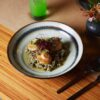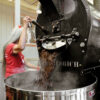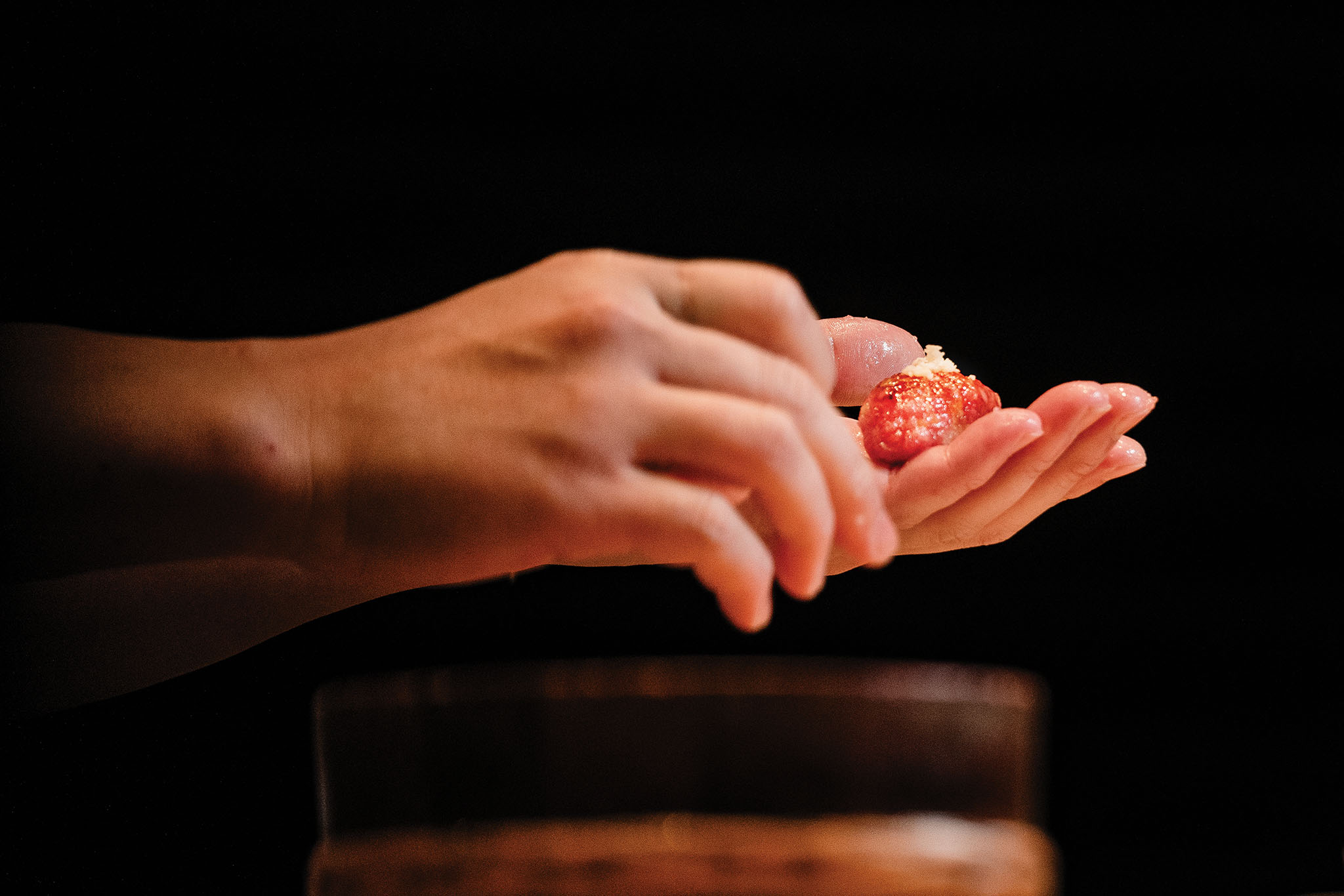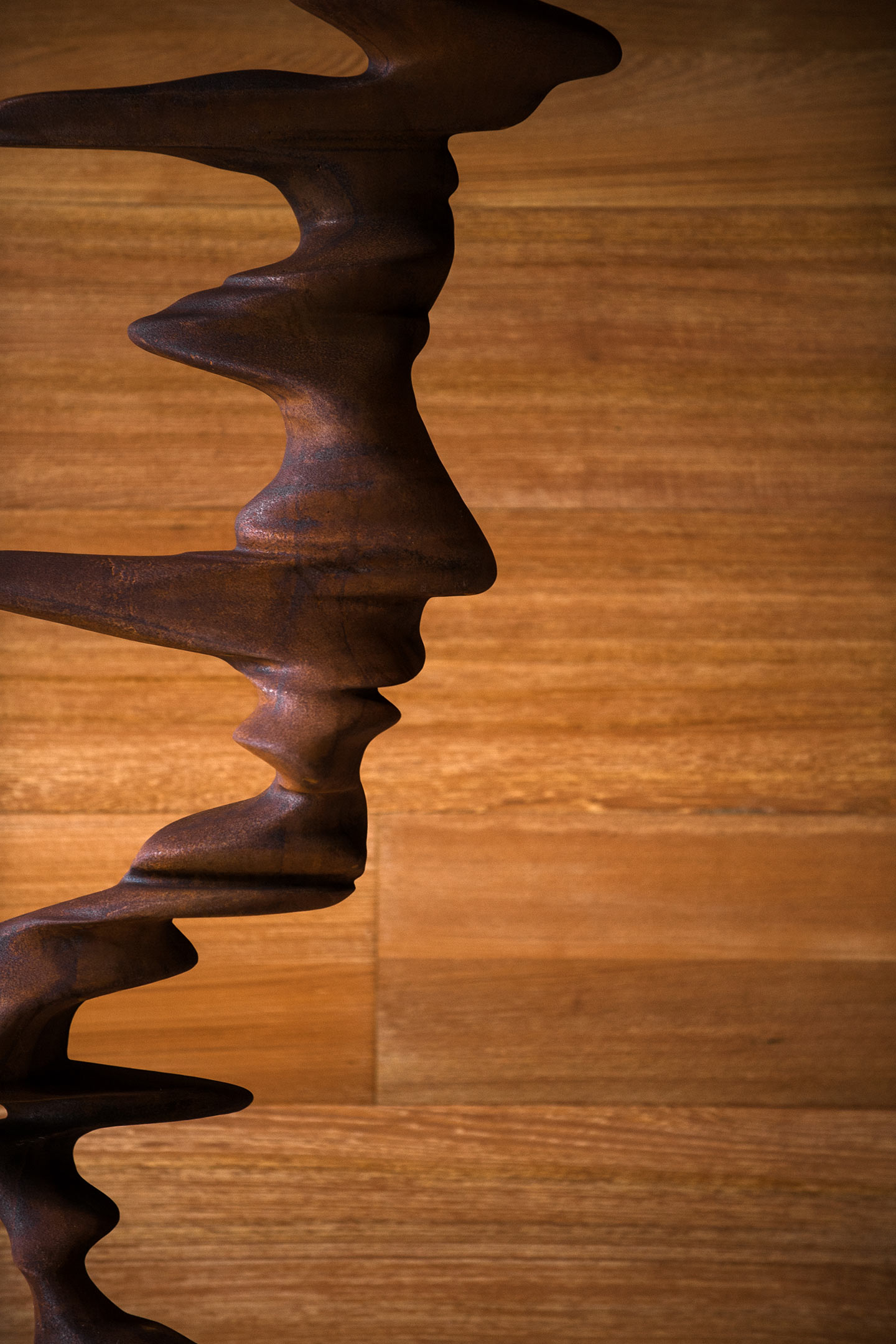Text by Martha Cheng
Images by John Hook
In the 14 years since the release of Jiro Dreams of Sushi, the documentary film that highlighted the precise devotion of sushi master Jiro Ono, whose Michelin-starred restaurant operates out of a Tokyo subway station, omakase sushi counters have proliferated across the U.S. But few cities have quite the range of Honolulu’s omakase, where you’ll find sushi chefs holding court in sports bars and The Ritz-Carlton, and background soundtracks that range from pop music to worshipful silence. Joining an already robust à la carte sushi restaurant scene, about two dozen omakase-only counters have opened in Honolulu in recent years. Here are two among the most lauded, where the sushi chefs obsess over the rice and vinegar as much as the seafood, and where the service matches the quality of the fare.
Sushi Sho
“The sushi counter is a really intimate space for the chef and customer,” Yasushi Zenda says through a translator. “There’s nothing else [like it] where you could make sushi with your bare hands and then serve it to the customer and see their reaction.” It’s this intimacy that drew Zenda to apprentice at sushi restaurants in Tokyo since he was 16 years old, eventually following Keiji Nakazawa—“one of the most influential sushi masters in the world,” the New York Times declared—to Sushi Sho in Hawai‘i.
Nakazawa was renowned for reviving Edomae-style sushi, finding that old techniques once meant for preservation, such as pickling and aging fish, also concentrated and developed flavor. Nearly 30 years after debuting his first restaurant in Tokyo in 1989, Nakazawa moved to Honolulu, interested in the challenge of working with Hawai‘i’s local ingredients. The 10-seat counter he opened in The Ritz-Carlton Waikiki Beach quickly became one of Honolulu’s hardest reservations to snag. When he left a few years ago to open a New York City location, Zenda, whom Nakazawa used to call “the scientist,” took over.

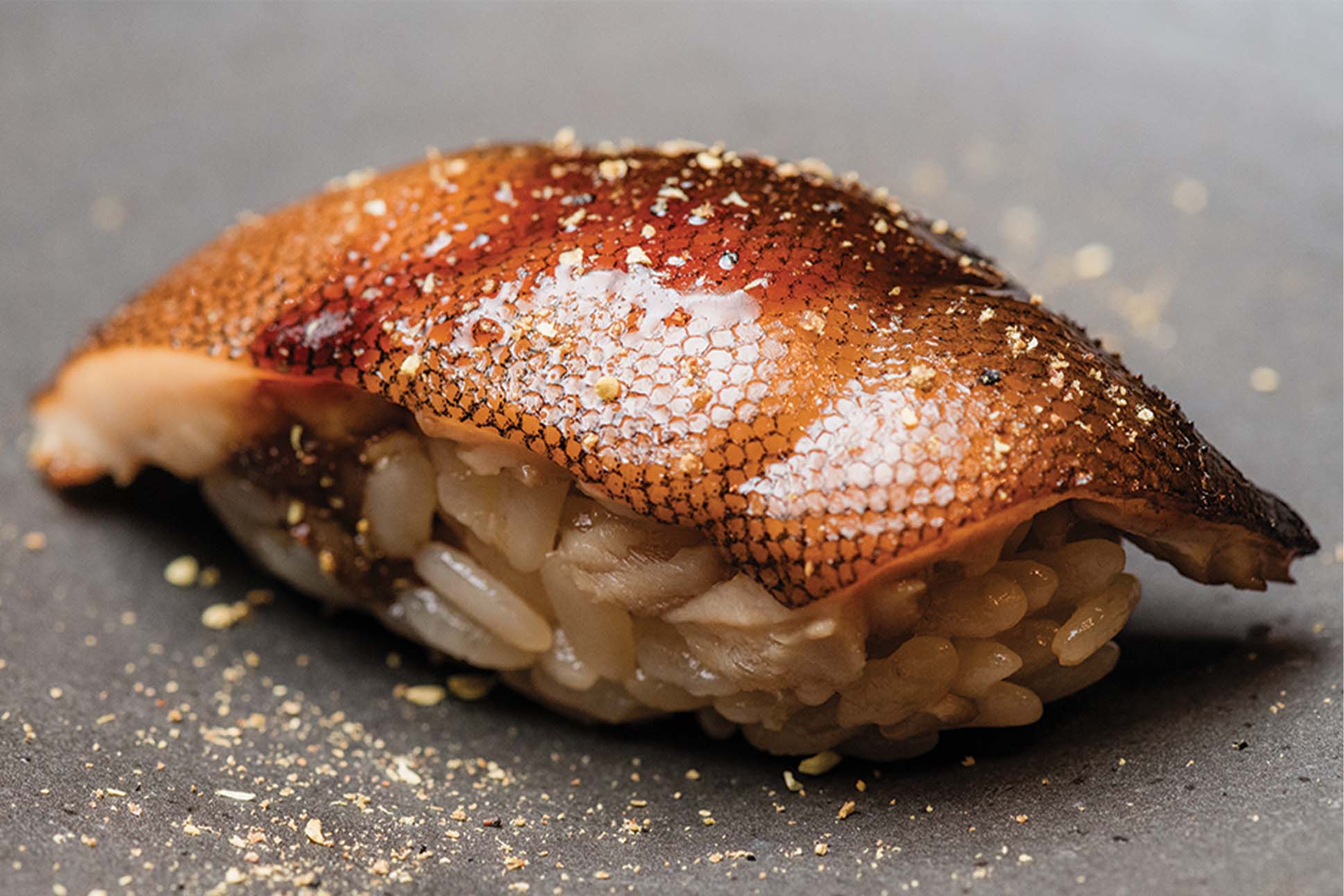
Nakazawa’s spirit still guides the details at Sushi Sho. The procession of about 25 courses (for $400 a person) alternates between small bites and sushi. In one of the first dishes, lengths of Japanese sardine are wrapped around julienned cucumber, ginger, and heart of palm, then sliced like a maki roll, revealing a cross section resembling a stained-glass window. Fluffy shreds of crab are topped with powdered, vinegared egg yolk. The monkfish liver is paired with a shaving of pickled baby watermelon, picked at the size of a plum and marinated for three years—a foil to the liver’s lushness. Fillets of greeneye fish, its skin crisped with heat, are dotted with pops of finger lime. And then, as part of the okonomi section—if the first act of dinner is the chef’s choice, then the second is the diner’s, with à la carte add-ons—two-week aged bluefin tuna belly, exemplifying the Edomae techniques Sushi Sho is known for.
Particularly attentive sushi connoisseurs will note that the vinegars in the shari, or sushi rice, change in relation to the fish. A richer fish, such as chutoro, requires a bolder red vinegar, while delicate crab meat is paired with a lighter white vinegar. Throughout dinner, Zenda’s support chefs frequently call out for a new batch of shari from the back kitchen to ensure it is always at the perfect temperature.
Since helming Sushi Sho, Zenda has made small adjustments here and there, mostly by instinct—changes barely noticeable to the casual observer. His relentless experiments have resulted in cooking the rice (a blend of Yumepirika from Hokkaido and Tamaki from California) with a combination of Evian and Contrex mineral waters, which he says gives the shari a slightly firmer texture and keeps the flavor in the grains. He notes the difference in the taste of tuna each year—this year, he finds it sweeter than previous years, when it was more acidic, and adjusts its preparation accordingly. The black cod, which he served glazed and sprinkled with sansho pepper when I went, he initially found below his exacting standards. He went to Santa Barbara and spoke directly with the fisherman, convincing him to undertake the ike jimemethod, a series of steps meant to quickly disrupt the fish’s brain and spinal cord and quickly bleed out the fish, which helps preserve the flavor and texture of the flesh.
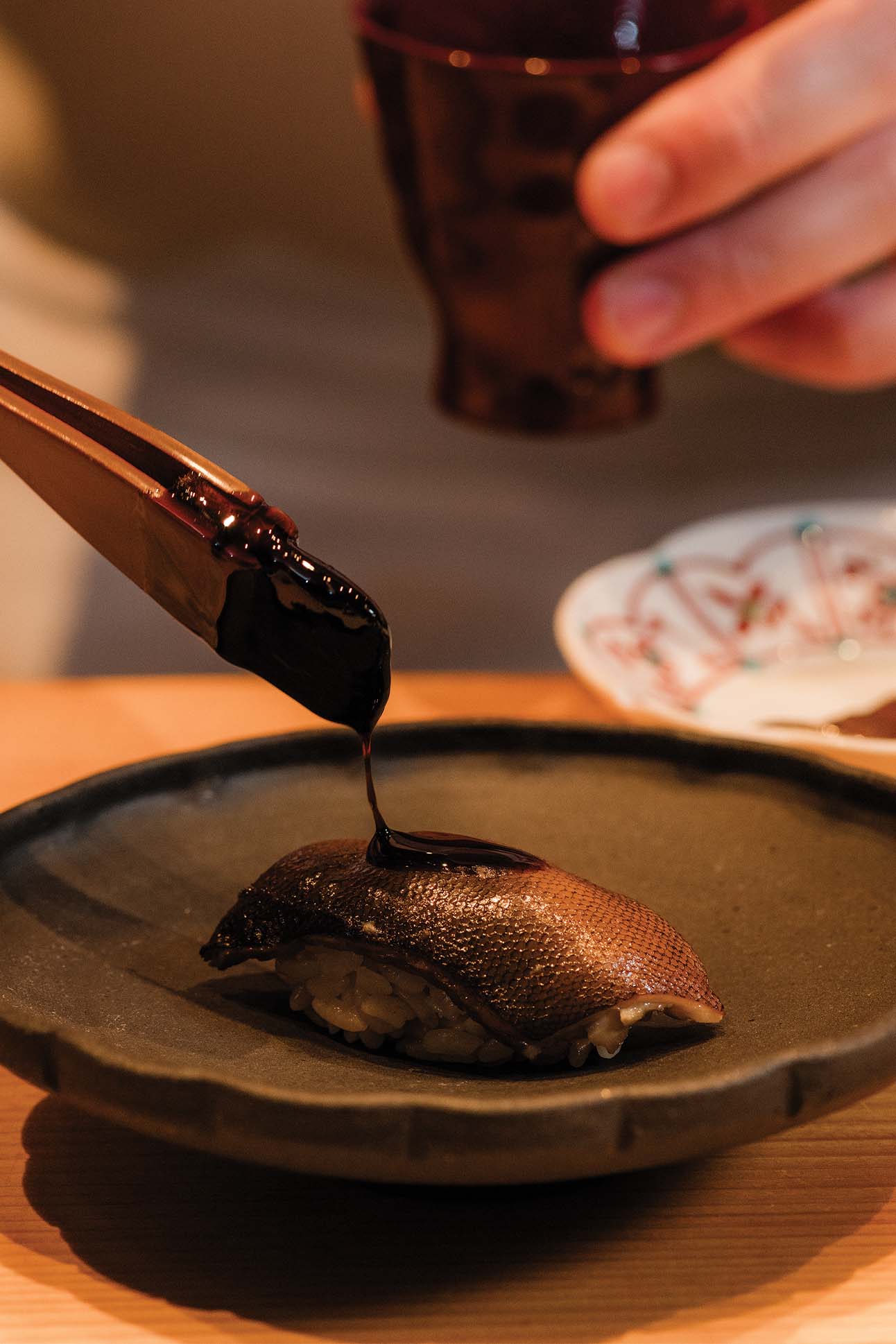
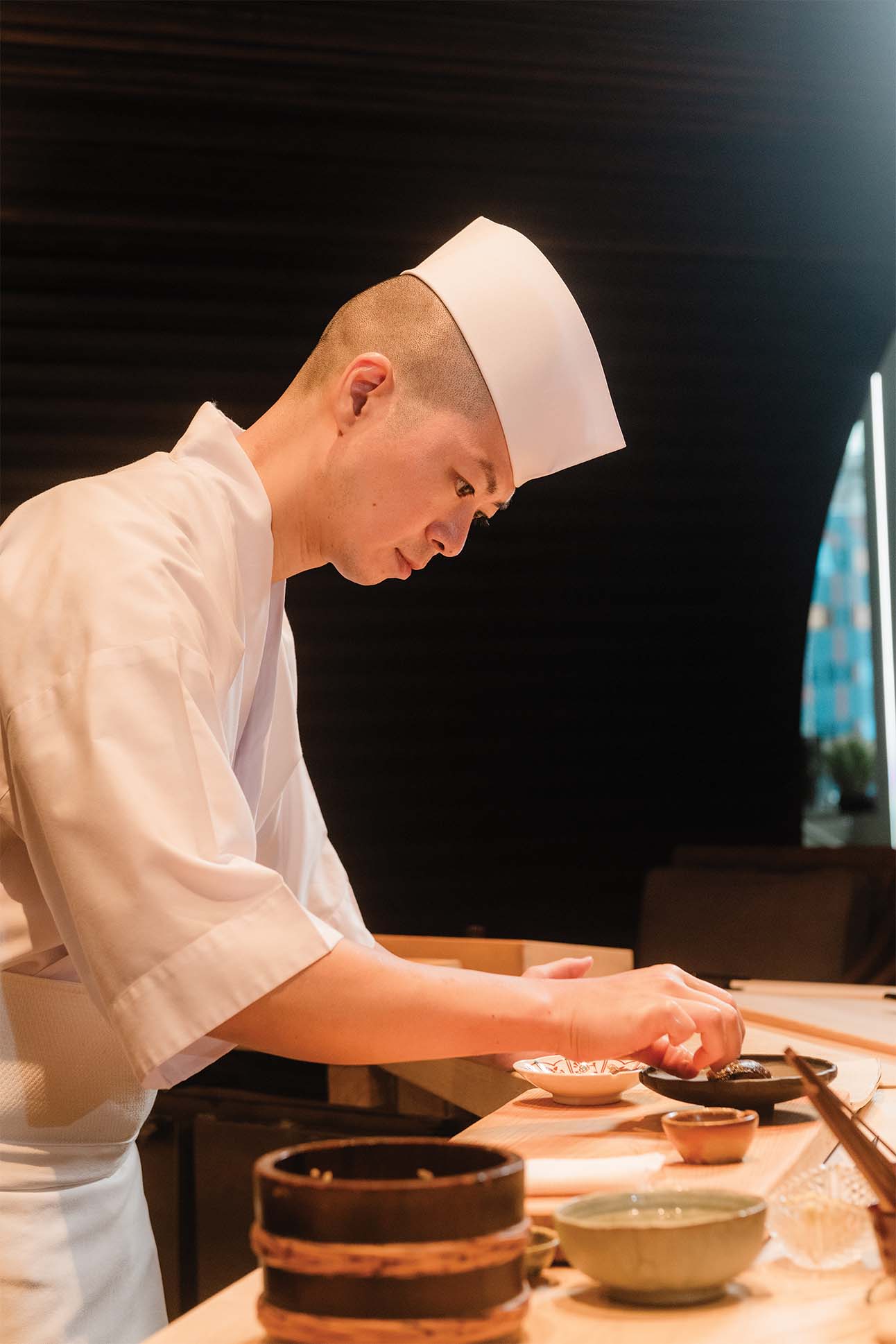
Other changes are in subtle displays of showmanship. Behind the counter, the chefs now toast strips of nori over a small charcoal fire, and they chop fish finely for the tuna tartare in front of guests. It’s particularly delightful to watch them chill and slice the slippery, glistening noodles made from kudzu flour, which was among the dessert options on the night of my visit. “I want the customer to enjoy the taste and also enjoy watching,” Zenda says. It’s the reason he was drawn to sushi in the first place, and he uses the space to close the distance between himself and his diners even further—but not too much.
“Part of sitting at the counter is the little nervousness between customer and chef, the tension,” he says. While a chef in an open kitchen faces the vulnerability of having every movement scrutinized by the diner, so, too, does the diner. I found myself seated next to three regulars who could have easily become rowdy and taken over the atmosphere of the room. And yet, while they were clearly enjoying themselves, they kept their voices low. The chefs, modeling attentiveness and respect, brought out the same in us, the diners.
Zenda says he’s always “looking for the spaces in between”—the space between what an ingredient is and what it could be, the space between courses, the space between customers. The quality he puts forth is undeniable, but it’s this extra attentiveness that elevates the meal beyond food to an art form and act of exquisite hospitality.
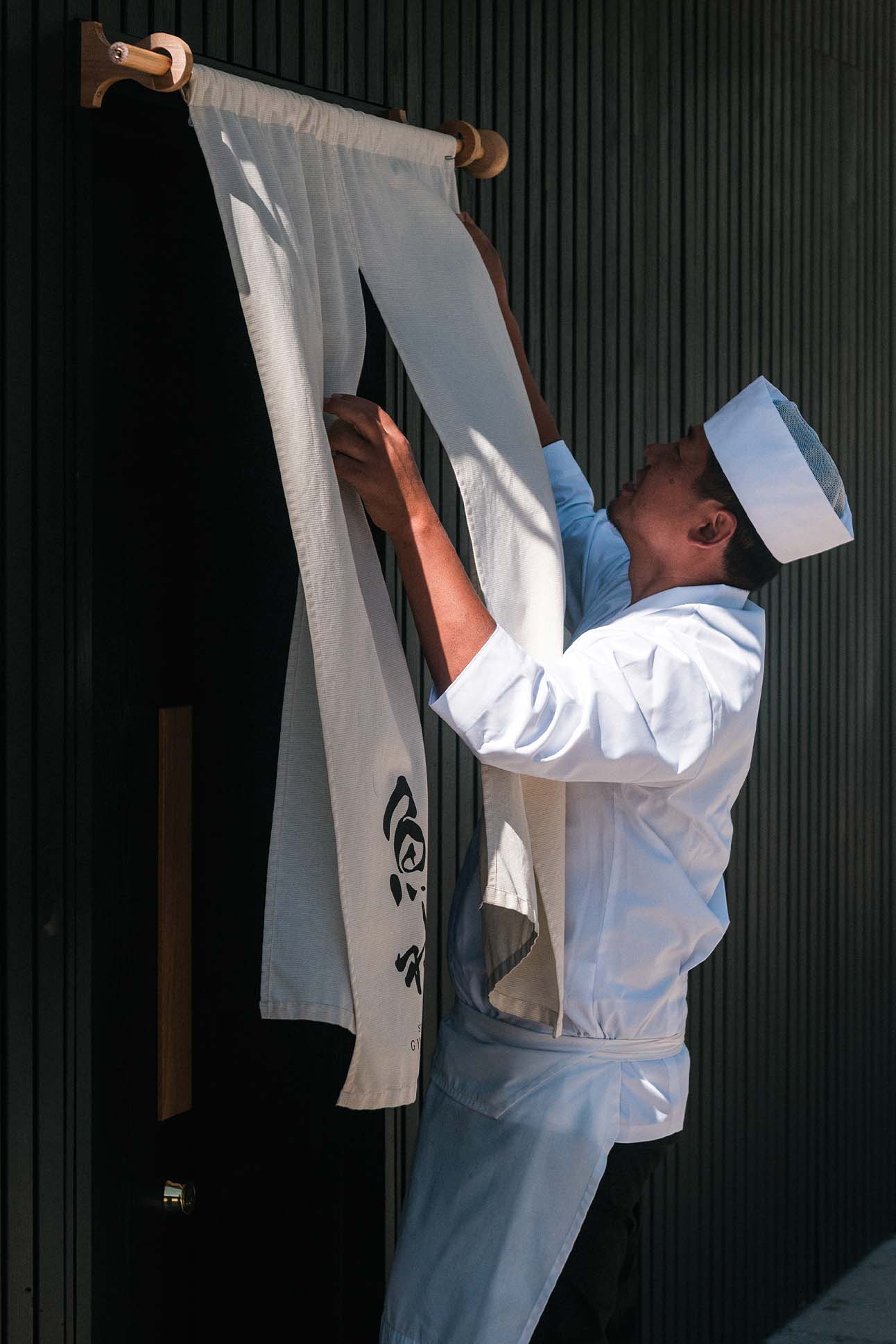
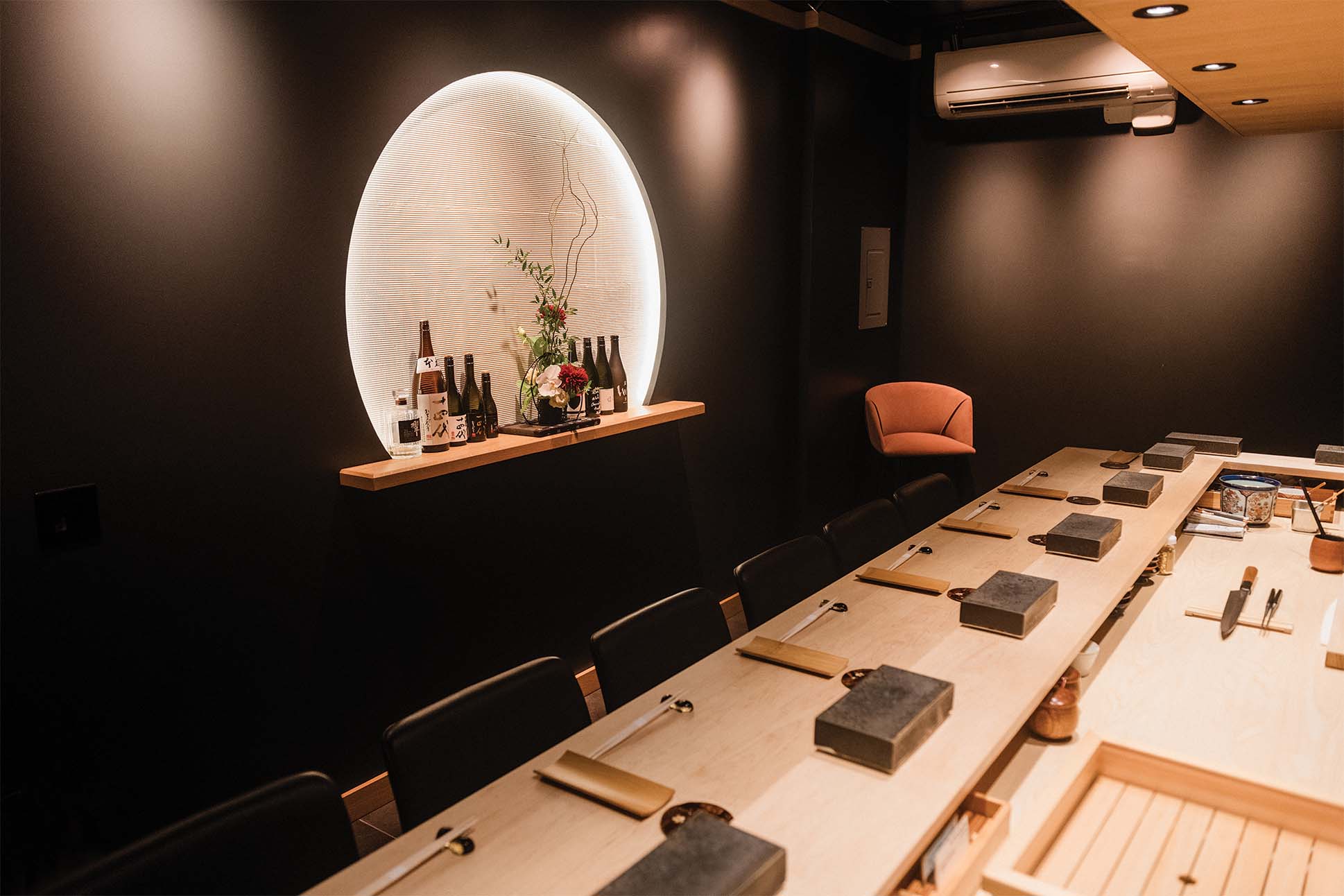
Sushi Gyoshin
During the day, on busy Pi‘ikoi Street, Sushi Gyoshin lies hidden behind an unmarked black door. Only in the evening does the restaurant announce itself, the name printed discreetly on a noren curtain that owner Hiroshi Tsuji hangs outside the entrance just before the first seating. Inside, the sushi counter seats eight, a slim altar where diners go to worship, for “Gyoshin” means “fish god.”
I am welcomed almost immediately with Tsuji’s signature monaka—two crisp wafers cradling seafood that might include finely diced toro or Hokkaido snow crab topped with uni. The $150 set of 15 courses then progresses through a series of seasonal appetizers: in the winter, perhaps shirako (cod milt) combined with kudzu starch to create a soft and creamy tofu, or in the spring, firefly squid, each the size of a thumb, bathed in ginger sauce. Between the first act and procession of sushi, Tsuji displays the fish yet to come: blush-pink slabs of toro and silvery kohada, its skin glinting in the light. The fatty yet firm kinmedai arrives with its skin lightly torched, and sweet and crunchy mirugai is finely scored and belted to a lozenge of rice. Throughout Tsuji’s omakase are modern flourishes: a dab of caviar on a prawn, saba smoked under a dome and unveiled with a dramatic swirl.
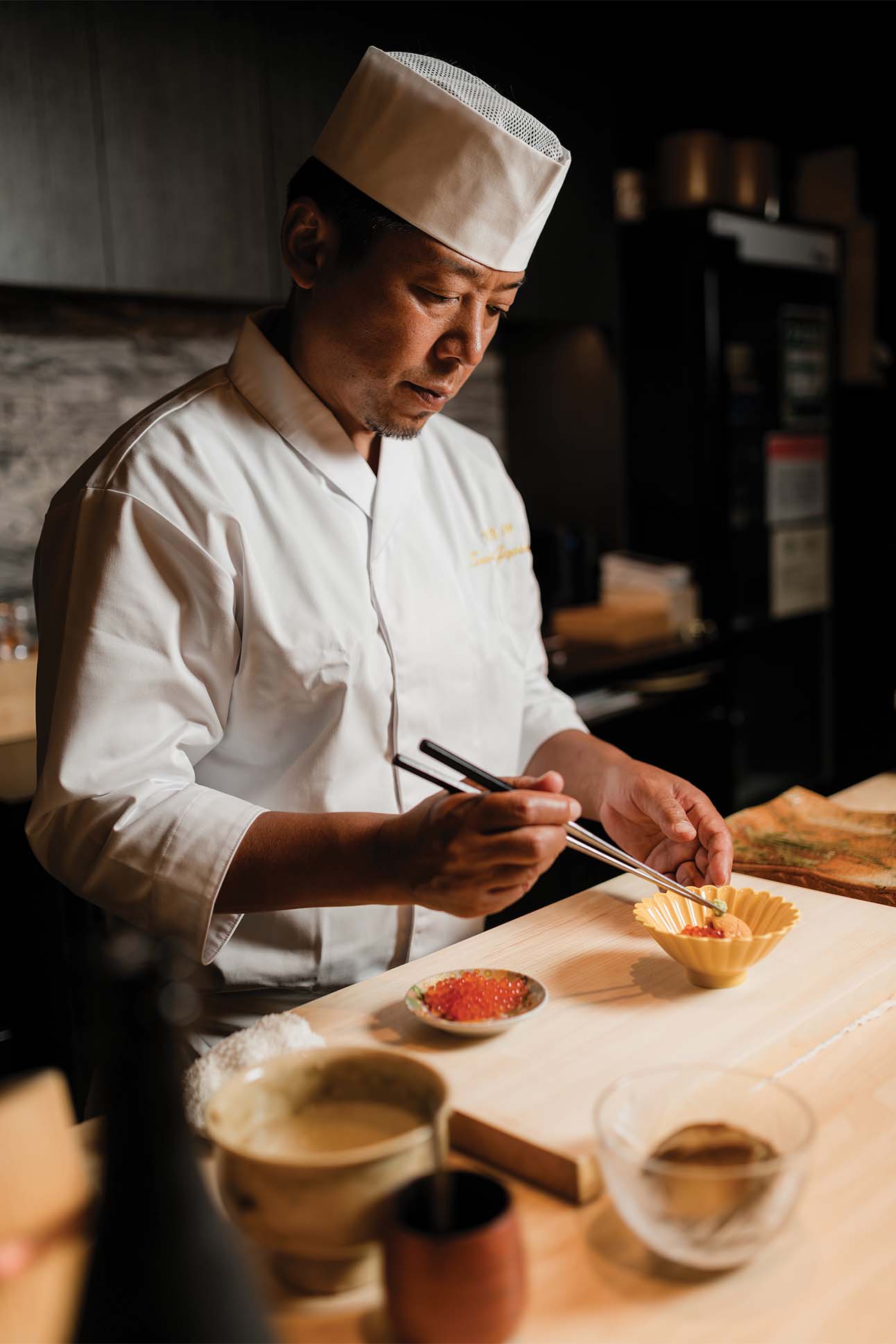

Tsuji is the sole chef at Gyoshin, which he opened in early 2024. He grew up in Toyama, on the west coast of Japan, and was drawn to the “stature of the sushi chefs,” he says through a translator. Throughout his 20-year career, he learned sushi and washoku (traditional Japanese cuisine), with its emphasis on harmony and seasonality. He intended to go to Europe “to become a better chef,” he says, but then a friend working at Rinka in Hawai‘i reached out to him, asking him to come. “Right away,” he told his friend, without hesitation.
After about five years working at Rinka at Ward and Yoshitsune in Waikīkī, he decided he wanted his own small space where he could develop a relationship with his diners. At Gyoshin, there is little separation between customer and chef; we are close enough to hear the satisfying crack as the nori is sliced, close enough to see the edges of fish flesh curl up as Tsuji scores it. It can feel like a one-man show, but it’s not merely a performance. Tsuji’s devotion to the sushi is clear. For his shari, he mixes two varieties: Sasanishiki for texture and Nanatsuboshi for sweetness. He then seasons the rice with a blend of three different vinegars, ranging in maturity from three to ten years, to achieve his desired level of acidity. “The shari defines the quality of the experience,” he says. “If the neta (topping) is good but shari is not prepared with proper care, the sushi will not be delicious.”

